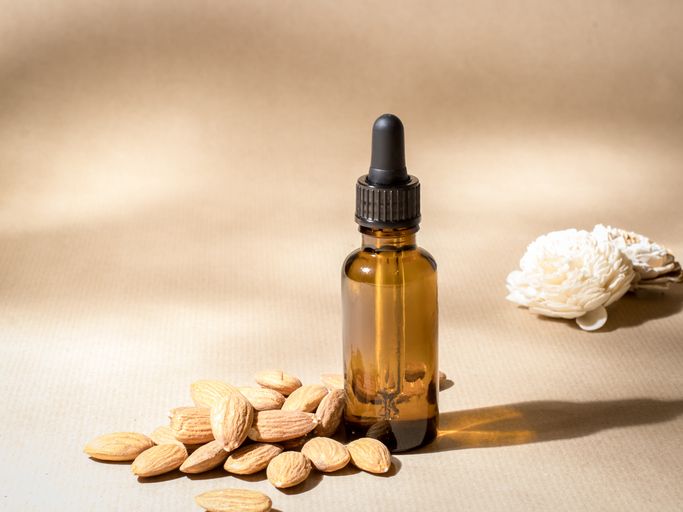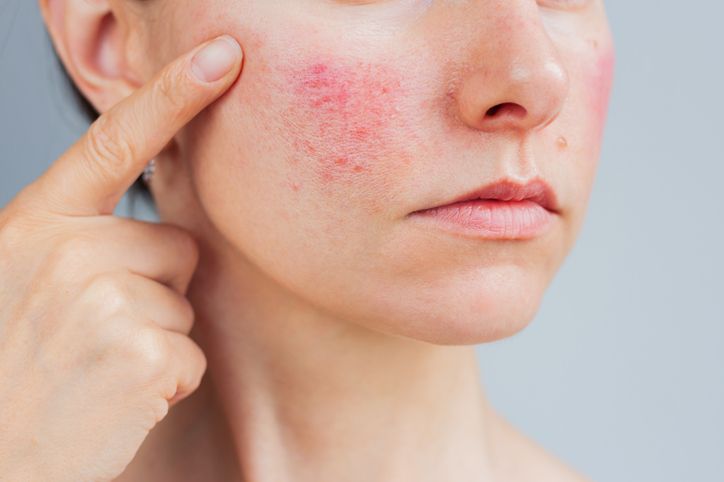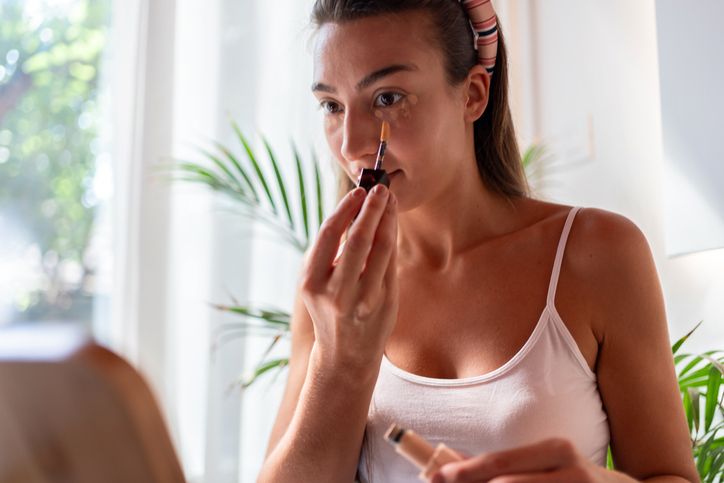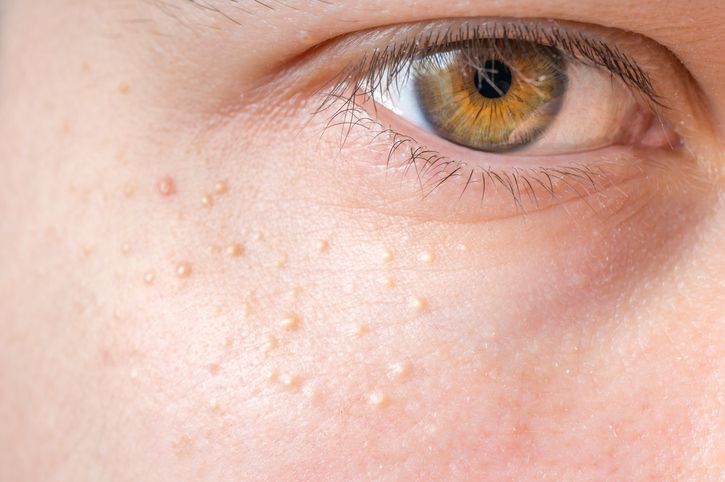- Home
- Trend
- Weight Loss Strategies
- Acne Tips
- Hair Health Information
- Blemish Removal Tips
- Acne Scar Removal Tips
- Muscle Building Techniques
- Intimate Care Tips
- Postpartum Intimate Care
- Eye Bags Wiki
- Tips for Face Slimming
- Secret of Permanent Hair Removal
- Breast Enlargement Tips
- Cure to Snoring
- Marionette Lines
- Skin-Tightening Secrets
The invention of the hairdryer has been a blessing for most people, as wet hair after a wash can cause headaches. A hairdryer also helps us maintain our hairstyle and creates the visual effect of more volume. While a hairdryer can help showcase personal style, improper use can certainly damage the hair—this is undeniable. Therefore, the purpose of this article is to help everyone understand the potential risks of using a hairdryer and how to use it correctly, so that you can easily master the hairdryer in daily life and become the star everyone admires.
The Negative Effects of a Hairdryer on Hair
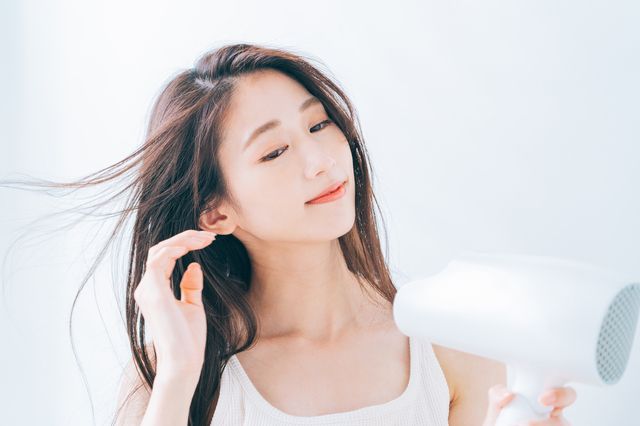
1. Deterioration of Hair Quality
Hairdryers generally have three modes: low, medium, and high temperature, with some also offering a strong or weak wind mode. Using high temperatures for long periods of time can cause damage, especially to the protein structure of the hair. Once damaged, the hair loses its elasticity, becoming dry, frizzy, tangled, split, and lackluster.
2. Scalp Damage
The high temperatures of a hairdryer not only harm the hair but also have negative effects on the scalp. Excessive heat can strip away moisture, leading to dandruff, itching, and sensitivity. A dry scalp may trigger the sebaceous glands to produce more oil, upsetting the scalp's moisture balance and damaging overall hair health. Sometimes, the itching may cause you to scratch your scalp, pulling out hair and causing premature hair loss.
3. Aesthetic Impact
Due to incorrect hairdryer usage, hair can become messy and split, affecting the overall appearance. Instead of looking stylish, it might resemble an unattractive broomstick hairstyle. Such hair requires more money and time, whether buying more hair products or frequently visiting the salon for repairs. It’s also inconvenient to style, as plastic combs might snap after just a few strokes.
4. Hair Follicle Cell Damage
In addition to damaging the hair and scalp, the high temperature of a hairdryer, when combined with long-term sun exposure, is similar to ultraviolet rays, producing free radicals that damage hair follicle cells. Free radicals cause cell oxidation, affecting the normal function of hair follicle cells, altering the hair growth cycle, and slowing hair growth. The hair that grows may become fragile, thin, and prone to breakage, with hair volume beginning to decrease. In severe cases, hair follicle cells may die, preventing hair from growing altogether.
5. Uneven Hair Color
If you dye your hair at home, using a hairdryer’s hot air can speed up the coloring process. However, during the dyeing process, it’s not recommended to use a hairdryer to heat the hair, as the airflow is uneven, and it’s difficult for non-professionals to control the temperature and time properly. The result is uneven color in different areas of the hair, which affects the aesthetic appearance. If you want to promote even coloring with heat, consider using a heat cap to ensure the hair is uniformly heated, preventing color discrepancies. Professional stylists also recommend not washing your hair for at least two days after dyeing, and especially avoid using a hairdryer, as the newly dyed color will fade quickly.
Correct Hairdryer Usage Steps
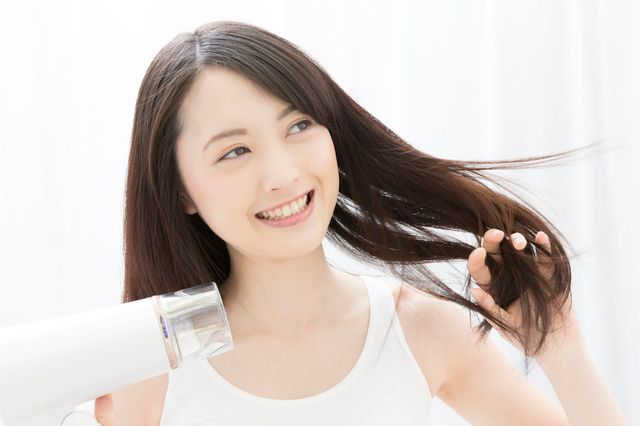
Step 1: If your hair is very wet, wrap it in a towel before using the hairdryer to absorb excess moisture. It’s best to let the hair dry partially.
Step 2: Apply hair care products (such as conditioner or hair oil) evenly to the middle to ends of the hair to provide the moisture and nutrients the hair needs, forming a protective layer that reduces the direct damage from the hairdryer.
Step 3: Use a low temperature and low wind setting, starting from the roots and using your fingers to gently comb the hair to create space for the wind to reach the inner layers. Blow from top to bottom while continuing to comb from top to bottom, but maintain a distance between the hair and the dryer.
Step 4: Limit the number of times you use the hairdryer each day to no more than twice, and try to avoid using it for more than 15 minutes at a time.
免費體驗
F8 Hair Regrowth Treatment
1 Minute Self-Registration
Date should not be before minimal date
Correct Hairdryer Usage for Curly Hair
Step 1: Before drying, comb through the curled hair with your fingers, following the curl direction. If you go against the curl, it will not form properly.
Step 2: To prevent tangling and splitting, apply some conditioner or hair serum to the curly hair before drying, until it is half-dry.
Step 3: Use a wide-tooth comb for the bangs, but avoid using one for the ends of the curls, as the hair might get tangled and be difficult to untangle.
Step 4: Apply more conditioner or hair serum, and divide the hair into sections. Wind each section of hair around your fingers, blow dry, and then release. Repeat this process until each curl is dry. This technique will create beautiful waves without frizz or dryness.
Hairdryer Usage Tips
1. Avoid directing the hairdryer straight at the scalp to reduce dryness and sensitivity.
2. Use hair care products containing ingredients that repair damaged hair follicle cells (such as hair masks, conditioners, anti-static, and heat protection sprays) and regularly provide deep moisturization and care.
3. Lower the temperature of the hairdryer and use a weaker wind setting to minimize damage, helping maintain hair quality and health.
4. Reduce the duration of hairdryer use, which not only protects your hair but also saves energy.
5. Maintain a proper distance of about 20–30 cm.
6. Consider regular haircuts to trim off the more severely damaged ends.
Hairdryer Safety Tips
1. Avoid placing the hairdryer near sinks, and do not use it in damp environments. Ensure your hands are dry before use, as moist fingers conduct electricity, increasing the risk of electric shock.
2. If the hairdryer makes strange noises or stops suddenly during operation, stop using it and have it checked for issues—safety first.
3. If you feel a slight electric shock while using the hairdryer or notice a burnt smell, trust your instincts and stop using it.
4. Avoid using the hairdryer near flammable objects such as paper or alcohol, and make sure no foreign objects fall into the air intake, preventing internal fires.
5. For ionic hairdryers, check if dust has accumulated in the ion-release holes and clean them using small tools like cotton swabs.
6. After use, turn off the power and unplug the dryer, rather than leaving it plugged in continuously.
免費體驗
F8 Hair Regrowth Treatment
1 Minute Self-Registration
Date should not be before minimal date
What Causes Hair Damage and How to Properly Care for It?
Cause 1: Frequent Hair Coloring, Perming, and Straightening
With the rise of hair salons and advanced technology, many fashionable young people frequently change their hairstyles. In addition to hair coloring and bleaching, perming and straightening have become popular. However, doing this too often can damage the hair, causing previously healthy strands to become brittle, lose their shine, and break easily. When styling, it is recommended to use heat-protectant sprays and special hair care products designed for color-treated or permed hair. This will help nurture damaged hair during styling or washing. Using hair masks can also nourish and repair the hair further.
Cause 2: Lack of Sun Protection and Protection from High Temperatures
Have you noticed that your hair quality worsens after swimming? That's because sunlight's UV rays can harm the hair, and the chlorine in swimming pools can break down the protein structure in the hair. If swimming in the sea, the salt in seawater can also rub against the hair. Together, these factors can lead to hair damage, frizz, and breakage. Wearing a swim cap not only protects against UV rays but also prevents hair from getting wet and tangling. Of course, you shouldn't wear a cap for too long, as it can cause scalp issues due to lack of ventilation. After removing the cap, apply hair care products and gently comb your hair with a wide-tooth comb. If you’re not used to wearing a cap, you can use sunscreen sprays specifically for hair and scalp for similar results.
Cause 3: Nutritional Deficiency
Hair damage and frizz are often caused by nutritional deficiencies in the body. To achieve healthy hair, it’s important to supplement vitamins, protein, Omega-3 fatty acids, minerals, and antioxidants. Walnuts, broccoli, spinach, tomatoes, oysters, blueberries, eggs, and salmon are all great for improving hair shine. Additionally, it's crucial to quit smoking, drinking, and eating fried or sugary foods. Apart from internal nutrition, consider external hair care using products that provide the necessary nutrients for the hair and scalp. Maintaining good sleep, regular exercise, and reducing stress can also support hair health.
Cause 4: Hair Exposure to Harsh Conditions (High Heat, Forceful Tugging, Excessive Washing)
Proper hair care includes using gentle shampoos to reduce irritation and chemical damage. Avoid pulling or tugging too hard while brushing, washing, or drying your hair, as it can damage the scalp and lead to hair loss. During hot weather, many people wash their hair more frequently due to sweating, but it’s best not to wash your hair more than twice a day. Overwashing can lead to excessive cleaning of the scalp and open cuticles, causing damage to both the scalp and hair. Some people enjoy hot showers, but high temperatures can damage hair and burn the scalp. If you must rinse with hot water, finish with a cold rinse to cleanse any leftover shampoo. Hair and scalp actually prefer cold water, not hot.
Using a Hair Dryer Too Much? Uneven Hair Color? Serious Hair Damage? — Try the Perfect Medical F8 Hair Regrowth Treatment Now!
Have you noticed that your hair is frizzy and damaged due to excessive use of hair dryers or your lifestyle habits? Damaged hair can lead to hair loss, making it weak and prone to breakage. Your scalp might also develop an unpleasant odor. Are these issues affecting you? Instead of endlessly browsing apps and ads for the perfect hair dryer, choosing the right treatment is the real solution. The F8 Hair Regrowth Treatment can help solve these problems!
Perfect Medical, one of the most popular beauty salons in Hong Kong, offers the star treatment — the F8 Hair Regrowth Treatment. This treatment uses low-energy soft laser technology to enhance the health of capillaries and hair papillae, combined with powerful hair care factors. It activates hair follicles to stimulate new hair growth and prevent hair loss. The laser technology helps rebuild a strong scalp environment, which is ideal for hair growth, encouraging thick, shiny, and smooth hair.
Click the link below to register and get a free treatment experience! Come and feel the transformation of your hair!
Try it Today: Perfect Medical F8 Hair Regrowth Treatment免費體驗
F8 Hair Regrowth Treatment
1 Minute Self-Registration
Date should not be before minimal date
FAQ

How to prevent a hair dryer from overheating?
To maintain your hair dryer, ensure that both the air intake and exhaust are free of dust and debris, allowing air to flow smoothly. Also, avoid using the hair dryer for long periods of time. Some dryers may stop working if they overheat, so it’s important to let the device cool down before continuing use. Before blow-drying your hair, you can towel-dry the excess moisture to reduce drying time. If overheating continues, it may cause the machine to malfunction, and you should have it checked by a technician to see if there’s an issue with the internal heating element. Always remember, safety is paramount when using electrical devices.
How to use conditioner correctly to prevent hair damage?
Conditioner is usually applied after shampooing. After rinsing out the shampoo, wrap your damp hair in a towel to absorb excess moisture, then apply the conditioner evenly from the mid-length to the ends of your hair. Never apply conditioner directly to your scalp, as it can make your scalp oily, clog pores, disturb the oil-water balance, and even cause red bumps, sensitivity, itching, or seborrheic hair loss.
How to tell the degree of hair damage?
Slightly Damaged: Hair feels dry and lacks smoothness, with the ends being a bit frizzy. You may also notice static when combing. Most people's hair is in a slightly damaged state due to lack of proper care, exposure to the environment, UV rays, and air pollution. Moderately Damaged: Split ends, yellowing, tangling, and increased hair loss. The hair’s elasticity decreases, and the ends lose their shine. Severely Damaged: A slight pull on the ends of the hair can cause the entire strand to break. The hair has no elasticity, and when placed in water, it shows no vitality, with many knots that are hard to untangle.
How to solve damaged hair?
Slightly Damaged: After washing your hair, use conditioner to help lock in moisture. Even if you use a blow dryer, it will help reduce further damage. When using a curling iron at home, apply a heat-protectant product beforehand. When outdoors, use sunscreen for your hair, and when you return home, use a mild shampoo to clean away any dirt. Moderately Damaged: Regularly use conditioner, hair masks, etc. Leave the conditioner on for at least 3-5 minutes to allow it to work properly. Rinsing too quickly will waste the product. Severely Damaged: Trim the severely damaged ends and wait for new hair to grow back. Once or twice a month, visit a salon for deep repair treatments. Add amino acids and protein to your diet, and apply moisture and oils to your hair, following both internal and external care routines.
What is the difference between ionic hair dryers and regular hair dryers?
Ionic hair dryers release negative ions while drying hair. These negative ions help neutralize the positive charges on hair, reducing static, preventing frizz and tangling, and minimizing the puffiness after drying. Although regular hair dryers do not release negative ions, they dry the hair using air power and temperature, which can also help prevent tangling caused by open cuticles. However, regular hair dryers are less effective at reducing static and frizz.






